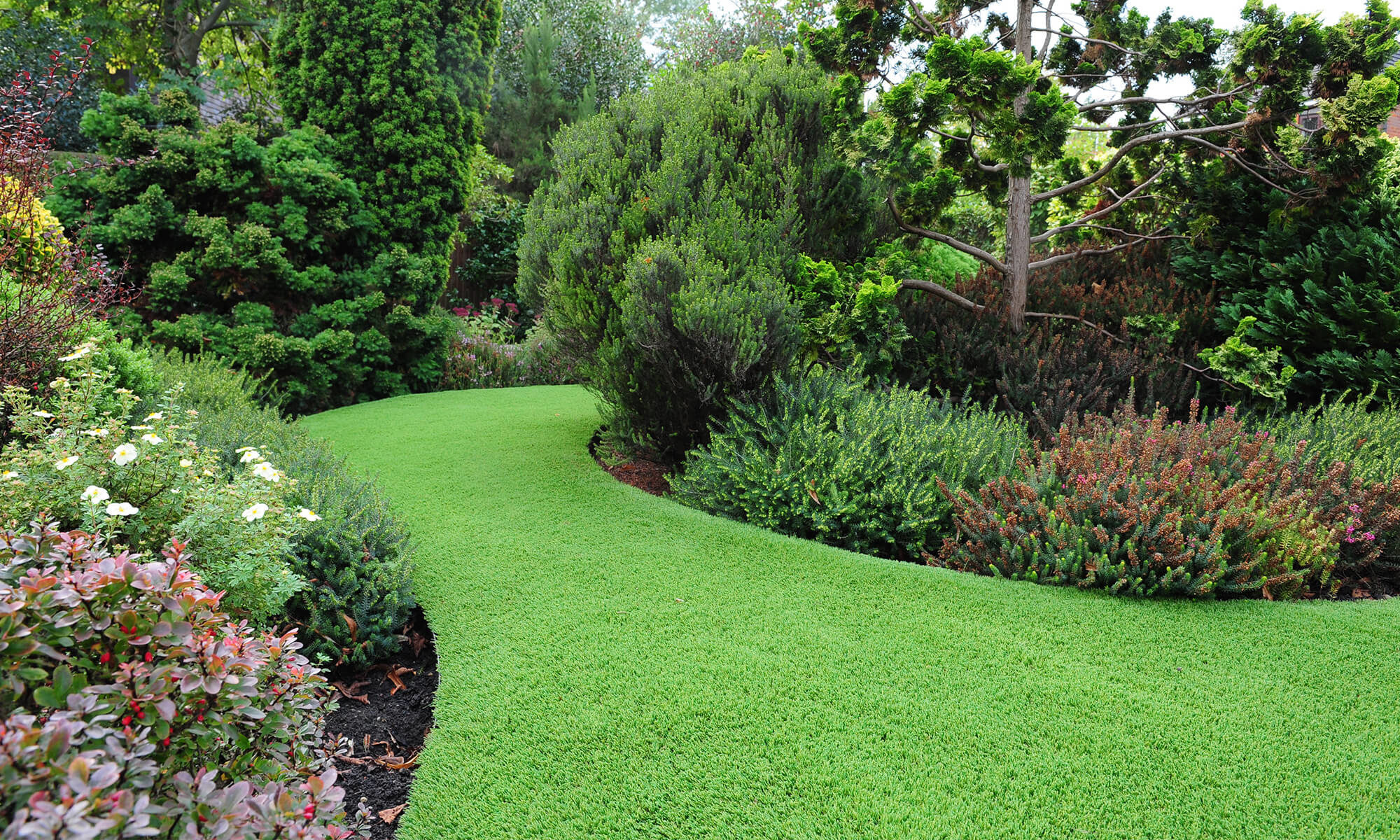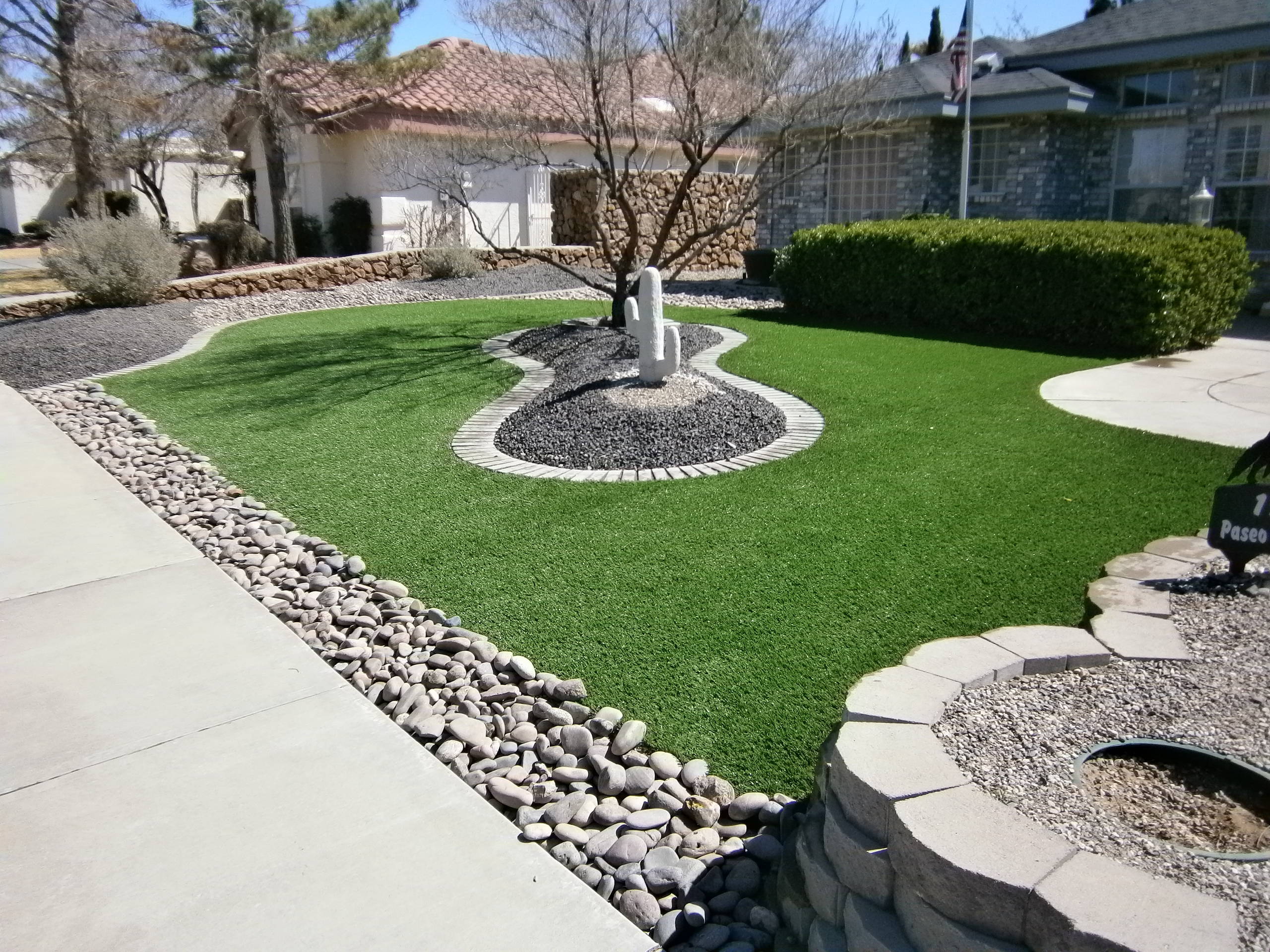The process of installing artificial grass fitters may seem complex, but knowing what to expect can help you feel more confident and prepared. From site preparation to the final installation, understanding each step will ensure your new synthetic lawn is fitted to perfection. In this article, we’ll walk you through the entire artificial grass fitting process so you can anticipate each stage and enjoy a smooth, stress-free experience.
1. Initial Consultation and Site Assessment
The artificial grass fitting process begins with a consultation and site assessment. This is when the installer will visit your property to assess the area where the grass will be installed and discuss your specific needs.
- Measuring the Area: The fitters will take measurements of your lawn or garden to determine the amount of artificial grass needed. Accurate measurements ensure that the turf is cut and installed correctly, without unnecessary waste.
- Soil and Drainage Evaluation: The installers will check the soil conditions and evaluate the drainage capabilities of your lawn. This helps them determine if any special preparation or drainage systems are needed to prevent water pooling on the turf.
- Design Preferences: You can discuss your design preferences, including the type of artificial grass you want, edging options, and any additional landscaping features, such as garden borders or pathways.
2. Choosing the Right Type of Artificial Grass
Once the site assessment is complete, the next step is choosing the right type of artificial grass for your project. There are various styles, textures, and colors to choose from, depending on your needs and aesthetic preferences.
- Pile Height: Artificial grass comes in different pile heights (the length of the blades). Shorter piles are ideal for high-traffic areas like play zones, while longer piles give a more natural, lush look for decorative lawns.
- Material Quality: Synthetic turf is made from different materials, such as polyethylene, polypropylene, or nylon. The quality of the grass will impact its durability, softness, and appearance.
- Infill Options: Fitters may also discuss the type of infill (sand or rubber granules) that will be added to the grass to help it stand upright, provide cushioning, and improve stability.
3. Preparation of the Existing Lawn
Before the artificial grass can be installed, the existing lawn needs to be removed and the ground prepared. This stage is crucial for ensuring that the synthetic turf lays smoothly and lasts for years to come.
- Clearing the Area: The first step is to remove any existing grass, weeds, roots, rocks, and debris from the site. Fitters will use special tools to clear the area thoroughly.
- Excavating the Soil: Depending on the project, the top layer of soil (about 3-4 inches) may need to be excavated to make space for the sub-base material. This ensures the surface is even and properly compacted.
- Weed Barrier Installation: A weed barrier or geotextile fabric is often placed over the soil to prevent weed growth from penetrating the artificial turf.
4. Installing the Sub-Base
A stable and well-compacted sub-base is essential for the long-term performance of your artificial grass. It provides a solid foundation and allows for proper drainage.
- Sub-Base Materials: The sub-base is typically made from crushed stone or gravel. This material is spread evenly across the excavated area and compacted using a vibrating plate compactor.
- Leveling the Surface: The fitters will carefully level the surface to ensure the sub-base is smooth and even, avoiding any dips or bumps that could affect the appearance or function of the artificial grass.
- Drainage Considerations: Proper drainage is a key factor in artificial grass installation. If necessary, the installers will add drainage channels or pipes to direct water away from the turf and prevent puddling.
5. Laying and Securing the Artificial Grass
Once the sub-base is prepared, the artificial grass can be laid and secured. This step requires precision to ensure the turf is placed seamlessly and looks natural.

- Rolling Out the Turf: The artificial grass is unrolled across the prepared area. If the space is large, multiple sections of turf may be used, and the installers will ensure the seams are well-hidden for a flawless finish.
- Cutting to Fit: The fitters will carefully cut the grass to fit the shape of your lawn or garden, trimming around edges, pathways, and any landscaping features.
- Securing the Turf: To keep the artificial grass in place, installers will secure the edges using landscape nails or turf glue. This step ensures the grass doesn’t shift or move over time, even with heavy foot traffic or exposure to weather.
6. Adding Infill and Brushing the Grass
After the grass is securely in place, the next step is to add the infill material and groom the turf for a natural appearance.
- Infill Application: Infill, typically made from sand or rubber granules, is spread over the grass to help the blades stand upright, add weight to the turf, and improve the overall look and feel. The amount and type of infill depend on the intended use of the lawn—play areas may require more cushioning, while decorative lawns might need less.
- Brushing the Grass: The installers will use a power brush or rake to spread the infill evenly and lift the grass blades, giving the lawn a natural, upright appearance.
7. Final Inspection and Cleanup
Before the installation is complete, the fitters will conduct a final inspection to ensure everything looks perfect and functions correctly.
- Checking for Flaws: The installers will carefully inspect the seams, edges, and surface of the artificial grass to make sure there are no visible imperfections or areas that need adjustment.
- Final Touches: They may add additional infill or brush the grass once more to ensure an even, well-groomed appearance.
- Cleanup: After installation, the fitters will clean up any debris, excess materials, and tools, leaving your outdoor space looking clean and ready to enjoy.
8. Post-Installation Care Tips
Once your artificial grass is installed, the fitters will provide you with guidance on how to care for it to keep it looking fresh and vibrant for years to come.
- Maintenance Advice: Although artificial grass requires minimal maintenance, you may need to periodically brush the surface to keep the blades standing upright and remove debris like leaves or dirt.
- Watering (if necessary): While synthetic turf doesn’t need watering, occasionally rinsing it off can help remove dust, pet waste, or other debris.
Conclusion
Knowing what to expect during the artificial grass fitting process can help you feel more prepared and confident about transforming your outdoor space. From site preparation to the final inspection, each step is essential for achieving a long-lasting, high-quality installation. With professional fitters handling the process, you’ll soon have a beautiful, low-maintenance lawn that stays green and lush all year round.
